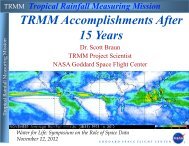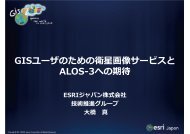ALOS Data Users Handbook
ALOS Data Users Handbook
ALOS Data Users Handbook
You also want an ePaper? Increase the reach of your titles
YUMPU automatically turns print PDFs into web optimized ePapers that Google loves.
<strong>ALOS</strong> <strong>Data</strong> <strong>Users</strong> <strong>Handbook</strong>8.5 Outline of User ServicesUser services related to <strong>ALOS</strong> data distribution are defined below.Categories of <strong>ALOS</strong> data distribution are shown in Table 8.5-1. PI can utilize only the normal datadistribution services.Table 8.5-1 Table Types of <strong>ALOS</strong> <strong>Data</strong> DistributionTypeStandard datadistributionEmergency datadistributionNear realtime datadistributionDistribution MethodMethod to distribute level 0 data and processed data products to users throughmedia (DTF-2 for level 0 data and CD-R for processed data) or on-line within thecapacity.As for the required inputting when operators make registration in advance, thereare two ways, namely one through file interface and the other by inputtingdirectly from WWW interface (AUGI). Requests for observation are accepted byFriday (UT 8:00) of the week, which is two weeks before the week ofobservation. Priority comes after requests for emergency and near realtimeobservation. Furthermore, priority is determined for different types ofobservation within “provision under normal conditions”. <strong>Data</strong> provision quota isdetermined for each user.First priority is given to the flow from a request for observation of a disaster tillits official order. Inputting of a request for observation is done by the operatorand requests for observation are automatically accepted till the point of 72 hoursbefore the actual observation. (Requests thereafter are handled throughcommunication and coordination by intervention of the operator.) Processeddata are prepared within 3 hours from the time of data acquisition, and imagecatalog is made public within 1 hour and a half from the time of data acquisition(within 3 hours and a half in case of PALSAR). The provision method supportsboth on-line and media (CD-R). Requests for urgent observation from outsideorganizations are handled in the same manner.Institutional users should make coordination with JAXA in advance with respectto requests for observation of specific locations, periods and time. Specific dataare input before the starting time of operation and provided within the timeframerequested by users. Inputting of requests for observation is done by the operator,and processed data are provided by on-line.


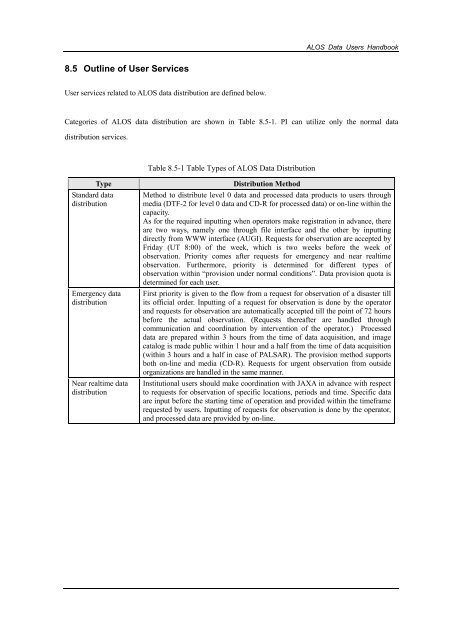
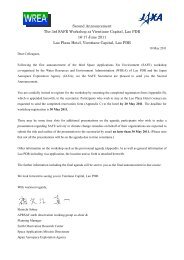
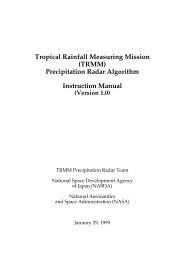


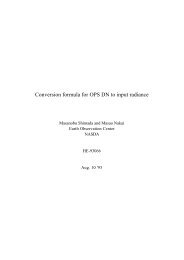

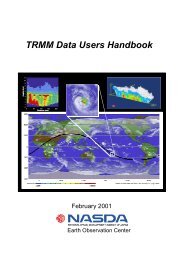

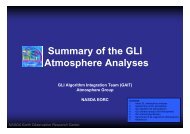
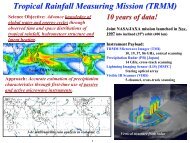
![4.12.2a_Tibet_Wu Guoxiong Tibet-CEOP.ppt[]](https://img.yumpu.com/35802437/1/190x135/4122a-tibet-wu-guoxiong-tibet-ceopppt.jpg?quality=85)
